Browse Exhibits
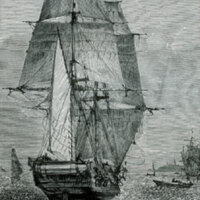
150 Years of On the Origin of Species
Curated by Michael Holland, 2009.
150 Years of The Origin of Species: The Historical Journey from Specimens to Species to Geneswas a physical exhibit mounted in the University of Missouri's Ellis Library from March 5th to March 31st, 2009 to honor the 200th birthday of Charles Darwin and the 150th anniversary of the publication of hisOn the Origin of Species. The exhibition was part of the2009 MU Life Sciences & Society Symposiumsponsored by theChristopher S. Bond Life Sciences Center.

Anatomical Illustration
Curated by Michael Holland, 2010.
The 6th annualMU Life Sciences and Society Symposium (March 2010)took as its theme, From Art to Biology and Back Again. The virtual exhibit you are about to enter is our effort to explore one of the most interesting interactions in the human experience, how man sees and understands man as an organism.
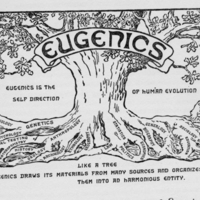
Controlling Heredity
Curated by Michael Holland, 2011.
This virtual exhibit explores the intersections between ethics and the pseudo-science of eugenics in the late nineteenth and early twentieth centuries.
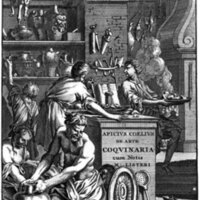
Food Revolutions: Science and Nutrition, 1700-1950
Curated by Kelli Hansen, Gary Cox, and Karen Witt, 2012.
This exhibition was originally mounted in the Ellis Library Colonnade during March 2012 as part ofFood Sense: The 8th AnnualLife Sciences and Society Symposium.
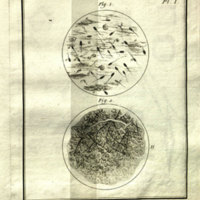
Generations
Curated by Kelli Hansen, 2015.
Although the scientific study of epigenetics only dates to the middle of the twentieth century, scientists have puzzled over related questions of heredity and development for hundreds of years. Does it matter whether you inherit a trait from your mother or father? How do your earliest stages of development influence the rest of your life? Which characteristics are inborn, and which are learned? These are questions being asked by epigenetics researchers today, and they are...
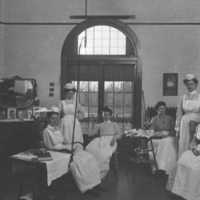
In-Flew-Enza: Spanish Flu in Columbia
Curated by Amanda Sprochi, 2018. Header image courtesy of the Library of Congress.
In fall, 1918, an outbreak of epidemic influenza spread across the entire world. Erroneously dubbed "the Spanish Flu," the pandemic was to eventually cause the death of 50 million people, more than the total casualties of the first World War.
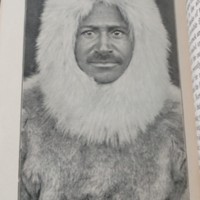
Leaders and Heroes
Curated by John Henry Adams and Courtney Gillie, 2020.
Every age, every race, has its leaders and heroes. ~ Ohíye S’a (Charles A. Eastman) Libraries tend to hold those materials that mainstream society values. Nowhere is this clearer than in the field of rare books. Because of the money required to assemble a strong collection of rare books, rare book collectors tend to come from positions of privilege and their collections reflect that privilege. Collectors have historically prioritized writings by culturally valorized authors. Rare books libraries,...
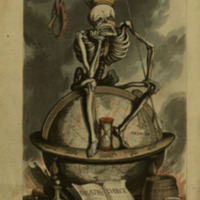
No Bones About It: An exhibit of spooky skeletons
Curated by John Henry Adams, 2023, with assistance from Kelli Hansen.
On October 24, 2023, Special Collections held a spooky exhibit! From 11am until 2pm, we were in Ellis 114a with as many skeletons as we could find in our collections! The exhibit is now available online. We have two main different kinds of books in this exhibit: anatomy textbooks of both humans and animals, and dances of the dead. You’ll get a chance to look at works like Andreas Vesalius’s De humani corporis fabrica libri septim...
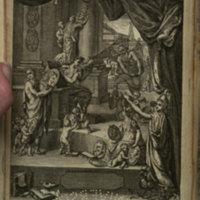
Science of Love
Curated by Timothy Perry, 2017. Online version constructed in 2018 by Kelly Filippone.
This exhibit presents the many faces of love as they appear in the literature of antiquity, the Middle Ages, and the Renaissance. It covers both the theories of love found in philosophy and science, from Plato to Leon Abravanel, and more literary accounts of love, including Terence, Ovid, and theRoman de la Rose.
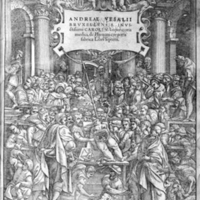
Vesalius at 500
Curated by Alla Barabtarlo, Kelli Hansen, Julie Christenson, Amanda Sprochi, and Trenton Boyd, 2014.
Vesalius at 500 showcases materials from the Libraries’ collections that helped to shape Andreas Vesalius’ career, including medieval manuscripts and early printed books on medicine. The centerpiece of the exhibition is Vesalius’ most famous work, De Humani Corporis Fabrica. The Libraries hold two copies of this important book, a second edition printed in 1555, and a later edition from 1568.
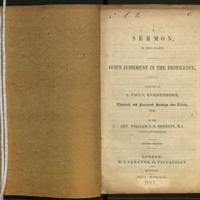
Winds of Change
Curated by Kelli Hansen, Timothy Perry, and Alla Barabtarlo, 2016.
This exhibition investigates the relationship between weather and time by questioning past perceptions, examining measurement and prediction practices, and surveying sources of historical data.